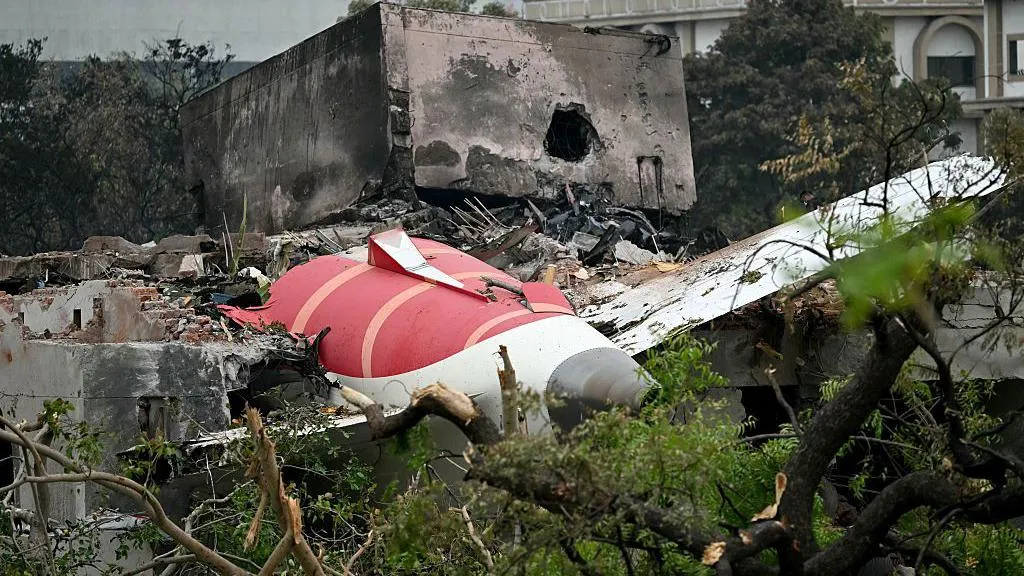As speculation mounts around the cause of last month’s fatal Air India Flight 171 crash, a preliminary report released by India’s Air Accident Investigation Bureau (AAIB) has done little to settle the swirling theories—and may have added fuel to them.
The Boeing 787 Dreamliner plunged into a residential building in Ahmedabad just seconds after takeoff, killing 241 passengers and 19 people on the ground. A single passenger survived. Though the AAIB’s 15-page preliminary report offers some technical insight, it stops short of drawing conclusions—leaving a cloud of uncertainty and controversy.
According to the report, two engine fuel cut-off switches were flipped from “run” to “cut-off” shortly after takeoff, cutting fuel supply and triggering engine failure. Though pilots restarted the engines, it was too late to recover. A chilling exchange is referenced: one pilot asks the other, “why did you cut off?”, with the reply, “I did not do so.” However, the report offers no full transcript or identification of the voices—raising red flags within the aviation community.
Critics argue the AAIB has been selective with the facts, and key voices within the industry say the report feels more like a carefully curated narrative than a transparent account. Former accident investigator Tim Atkinson called it “disappointing,” saying it provides just enough to raise questions, without answering any.
Among the most contentious points is the missing cockpit voice recorder transcript, which would clarify the crew’s actions and intent. Aviation analyst Bjorn Fehrm called the omission “totally unacceptable” and suggested the lack of detail could indicate something is being withheld. He also criticized the absence of data on what occurred in the cockpit between the switch activation and engine restart.
Others have questioned whether the fuel switches could have been faulty. The report references a 2018 FAA safety bulletin warning of potential misconfiguration of locking mechanisms on similar switches. However, the FAA later stated it did not consider the issue to compromise safety—and engineering experts have noted that the crash aircraft had replacement components installed years ago.
The Indian Commercial Pilots’ Association condemned speculation that the crash may have involved deliberate action, warning against jumping to conclusions based on incomplete information. Air India CEO Campbell Wilson echoed this, urging restraint and respect for the victims and their families.
Meanwhile, India’s aviation regulator has instructed all operators to inspect fuel cut-off switches by July 21. But for many in the aviation world, the bigger issue is the report’s tone. As Atkinson put it, “The worst reports are written to be read between the lines. If that’s what this is, it does no credit to the investigation.”
With a final report not expected for months—and possibly longer—families, experts, and the public are left in a limbo of speculation and silence, waiting for real answers about one of the deadliest aviation disasters in recent Indian history.

